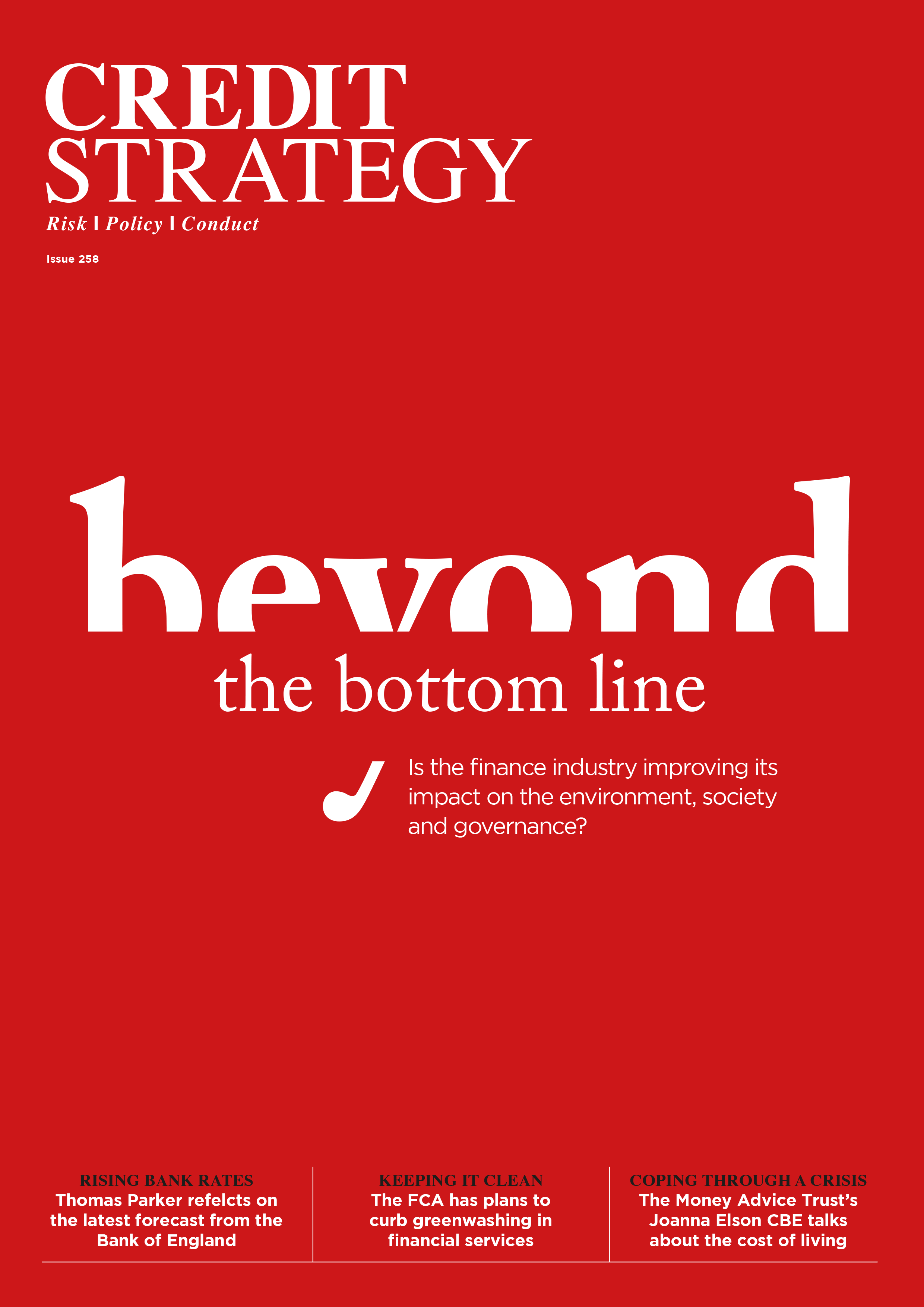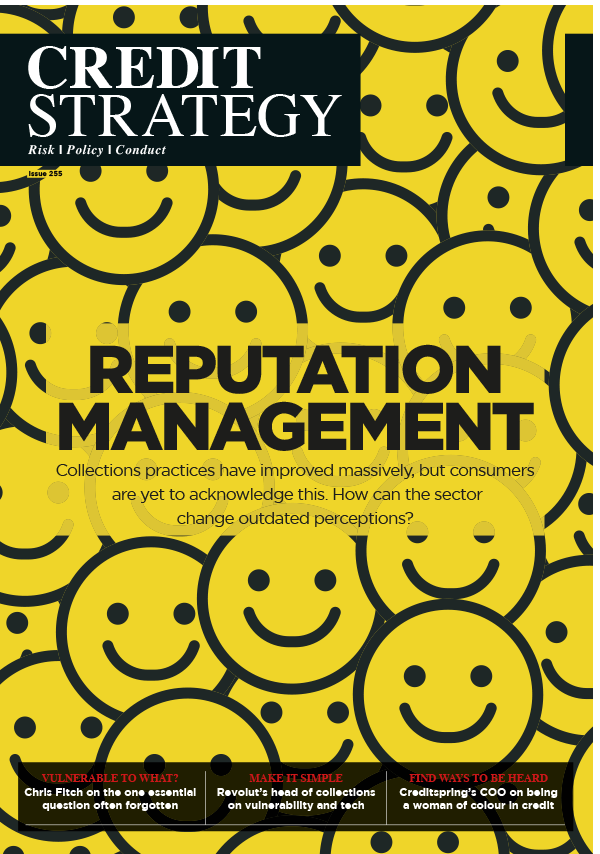Dear visitor,
You're reading 1 of your 3 free news articles this quarter
Register with us for free to get unlimited news, dedicated newsletters, and access to 5 exclusive Premium articles designed to help you stay in the know.
Join the UK's leading credit and lending community in less than 60 seconds.
Premium: The Debt and Mental Health Evidence Form has gone from first to last
Although a new version of the Debt and Mental Health Evidence Form launches in October, firms need to recognise that medical evidence can also be found in other guises, says Chris Fitch.

Christopher Fitch is a Research Fellow at the University of Bristol and Vulnerability Lead at the Money Advice Trust. Since 2007, he has ...more
 Chris Fitch
Chris FitchChristopher Fitch is a Research Fellow at the University of Bristol and Vulnerability Lead at the Money Advice Trust. Since 2007, he has ...more
It has been an industry tool for over a decade, has been the subject of recent exchanges within 10 Downing Street, and has the most literal title of any administrative form ever created in human history (probably).
First launched in 2008 by the Money Advice Liaison Group, the Debt and Mental Health Evidence Form (DMHEF) has provided creditors with a way to collect external medical evidence about a customer’s mental health situation to decide what support to give to that customer.
However, with its October release, the fourth version of the Debt and Mental Health Evidence Form may be about to make its most significant impact yet: By simply recommending that firms use other sources of evidence first.
So, what logic lies behind this unusual launch strategy? What else is new about the fourth version of the DMHEF? And just what did happen in Downing Street?
An unusual launch
Of all the launches that I’ve endured, I can’t think of one where guests have been urged to consider the tool being launched as the last option, rather than the first.
However, that’s what the new version of the DMHEF is aiming to achieve. As ever with our work, the three reasons for this are purely practical.
Firstly, reflecting wider changes in societal awareness, many firms are now having better conversations with customers about disclosed mental health problems. Given the right circumstances, these often provide all the information firms need.
Secondly, where a conversation has gone well, but the circumstances require a simple confirmation that a customer does have a mental health, leading firms are aware they can get this from prescriptions, clinic letters, or similar materials. For unwell customers, providing this type of evidence may also be easier.
Thirdly, we all know the demands placed on our NHS and social care systems. While we should still use the DMHEF, we can help to reduce this pressure – this means issuing a DMHEF only where a customer’s situation is complex, unusual, or in doubt, and where an external explanation of their mental health problem is fundamental to taking action (rather than simply being ‘nice to know’).
In short, the DMHEF is now a tool for the most challenging customer situations, rather than a tool for where conversation or alternative evidence would suffice.
Newer, bluer, fewer
But there’s more to the DMHEF than a new ‘use strategy’. While the most obvious change is that version four of the DMHEF is now blue, one slightly more significant change is that the DMHEF now has fewer questions.
This reflects discussions with the British Medical Association (BMA) to reduce completion time for health and social care professionals. Critically, however, the DMHEF still retains those questions needed to unpack complex mental health situations (including how any ability to manage money or communicate is affected).
Inside number 10
In 2015, former Labour adviser Alastair Campbell told The Sunday Times that 100 percent of British politicians would benefit from seeing a psychiatrist.
While I wouldn’t go quite so far, we can say that at least one Prime Minister has not only seen the DMHEF, but also instructed that the practice of charging for its completion should end.
Following a highly effective campaign led by the Money and Mental Health Policy Institute, discussions which started in Downing Street between the Department of Health and Social Care, BMA, Money Advice Trust, credit industry trade bodies and others have resulted in this Government pledge being fulfilled.
Consequently, as of October 1, general practitioners (GPs) in England who agree to complete the new DMHEF, will no longer be allowed – under their central contract – to charge for providing this evidence.
While this arrangement is still to be established with the other UK nations (who each have their own health system rules), this means that thousands of people will no longer be asked to find money that they simply do not have.
Back to its roots
The new version of the DMHEF, which from now on will be hosted by the Money Advice Trust, encourages firms to think about alternatives - however, looking back, this is perhaps not surprising.
Over a decade ago, the first DMHEF was created to provide an alternative form of evidence to the ubiquitous “doctor’s letter” which, although medically accurate, lacked the detail that creditors needed to decide what action to take.
A decade later, the DMHEF needs its own alternatives. However, our aim now is not to replace it entirely, but to ensure that it is used appropriately as one tool among many, rather than the first and only tool we ever reach for.
Stay up-to-date with the latest articles from the Credit Strategy team
Get the latest industry news






